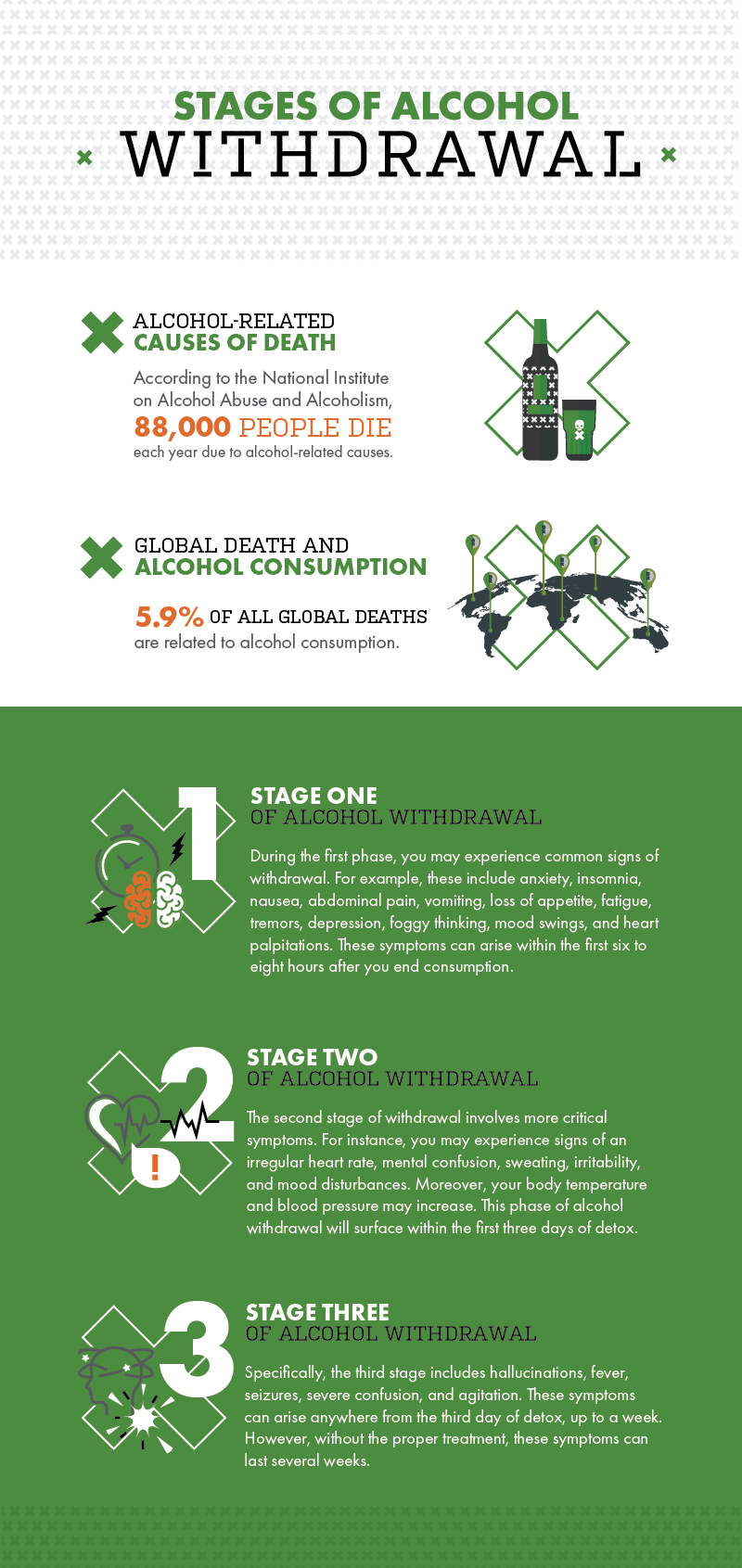The Twelve Step/Disease Model/Minnesota Design is an extensive, multi-disciplinary method to the treatment of addictions which is abstaining oriented and based upon the principles of Twelve step programs. There are a variety of components that are frequently related to primary treatment when utilizing this model and they consist of: group therapy, lectures, recuperating persons as counselors, multi-disciplinary personnel, a healing milieu, restorative work projects, family therapy, using a Twelve Action program, daily reading (Twelve Action literature) groups, the presentation of a biography, participation at AA/NA conferences and the chance for recreation/physical activity.
Local AA/NA groups offer the essential of the aftercare The original source stage. This model concentrates on chemical dependency as the primary problem. It is neither blaming nor punitive and it views looking for treatment as a suitable reaction. E.M. Jellinek was among the most influential contributors to the disease idea of alcohol addiction.
This stage needs medical tracking of withdrawal since of the serious symptoms that develop when alcohol intake is stopped. More current research studies recommend that not all alcoholics reach this phase. In fact, possibly most do not. This design is by far the most widely used treatment model. Using the Twelve Actions, individuals are guided through a process of understanding the nature and degree of their alcohol/drug problem, how their unique attributes produce barriers and/or strengths for healing, and the importance of depending on a power or powers higher than themselves instead of willpower.
Treatment stresses confessing powerlessness over alcohol, and supporters adopting the norms and worths of a new social group, the AA self-help group, in order to accomplish overall abstinence. how many treatment options are there for addiction. These programs usually provide the best match for persons with the following qualities; physically depending on alcohol, take advantage of the support of a self-help group, and have a spiritual orientation.

The program capability typically will vary in size and inpatient remains historically had to do with 28 days however have actually been badly reduced largely because of financing factors to consider. Day outpatient services and evening outpatient services are spread out over a longer duration and customized to the needs of the person. In addition to the restorative portion of the program, as the name suggests, this design also addresses the physical/health/medical requirements of the patient.
Symptomatic medical treatment may be required for malnutrition, liver issues or other health care concerns. Twelve-Step programs emphasize treatment activities such as going to Twelve Action conferences in the community and/or facility, and taking part in psychiatric therapy groups that cover topics such as working the steps, utilizing the Big Book, and composing an autobiography.
There is also a focus on a strong aftercare plan to support ongoing recovery after treatment conclusion. Normally, aftercare strategies integrate securing a safe, sober living environment; attending AA or other Twelve Action support conferences a number of times every week; protecting a sponsor in AA; and ongoing support and counseling sessions to continue the work begun in treatment.
Some Known Details About If You Have Obamacare How Long Can You Get Treatment For Addiction?
The counselor assists the individual examine his/her environment and methods of reacting to cues to use alcohol or drugs, and establish new patterns of response to those hints. The Cognitive Behavior Modification Model is based on cognitive therapy which is a system of psychotherapy that tries to lower extreme psychological reactions and self-defeating habits by customizing the defective or incorrect thinking and maladaptive beliefs that underlie these responses (Beck et al.
Cognitive Behavioral Therapy (CBT) is particularly similar to cognitive therapy in its focus on practical analysis of substance abuse and determining cognitions related to compound abuse. It differs from cognitive treatment mainly in regards to focus on identifying, comprehending, and altering underlying beliefs about the self and the self in relationship to substance abuse as a primary focus of treatment.
Preliminary strategies stress behavioral elements of coping (e. g., avoiding or leaving the Substance Abuse Center scenario, interruption, and so on) instead of believing ones way out of a situation. This kind of program requires involvement in regression avoidance groups and therapy groups along with training in cognitive abilities, behavioral skills, and abstaining skills.
CBT is a brief term, focused method to helping chemically reliant people end up being abstinent from alcohol and other compounds. The underlying assumption is that the finding out processes play an essential role in the advancement and extension of alcohol and substance abuse and reliance. CBT attempts to help clients recognize the scenarios in Visit the website which they are probably to utilize alcohol and/or other drugs, prevent these scenarios when appropriate, and cope better with a series of problems and problematic habits connected with drug abuse.
Early in treatment, the functional analysis plays a vital role in helping the patient and therapist assess the determinants or high-risk scenarios, that are likely to result in chemical use. It also offers insights into some of the reasons the individual might be utilizing alcohol and/or other drugs (e - what disorders are observed in more than 40% of people in addiction treatment centers.. g.
Later on in treatment, practical analyses of episodes of chemical use may determine those situations or states in which the individual still has problem coping. Training concentrated on social skills and techniques to help patients broaden their social support networks and construct long-lasting, drug-free relationships is an important element of the treatment procedure.
Patients are much better able to develop relationships with the therapist in time, and have more flexibility in scheduling sessions. Likewise, the comparatively high rates of retention in programs and studies may show, in part, particular benefits of private treatment. CBT is typically provided in 12-16 sessions, generally over 12 weeks.

Indicators on What Would Improve Addiction Treatment You Should Know
In most cases, this suffices to bring about continual enhancement for as long as a year after treatment ends. Treatment is generally provided as an outpatient service concentrating on comprehending the determinants of substance use. By comprehending who the patients are, where they live, and how they invest their time, therapists can establish more elaborate practical analyses (what is the first step toward getting treatment for alcohol addiction?).
CBT is typically not appropriate for those who have psychotic or bipolar disorders and are not supported on medication; those who have no steady living arrangements; or those who are not medically stable. CBT is extremely suitable with a variety of other treatments including pharmacotherapy; self-help groups such as Alcoholics Anonymous; household and couples therapy, trade counseling, and parenting skills training While Twelve Action conference attendance is not required or encouraged in CBT, some clients discover participating in meetings valuable in their efforts to become or remain abstinent.
However, therapists will likewise motivate patients to establish a series of other methods. The attributes that differentiate CBT from other treatment methods include: functional analyses of compound abuse; individualized training in recognizing craving, handling thoughts about compound usage, problem-solving, preparing for emergency situations, recognizing apparently unimportant choices, and rejection skills, assessment of the clients cognitive procedure connected to substance use, the recognition and debriefing of previous and future high-risk circumstances, the encouragement and review of extra-session implementation of skills and the practice of skills within sessions.